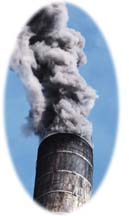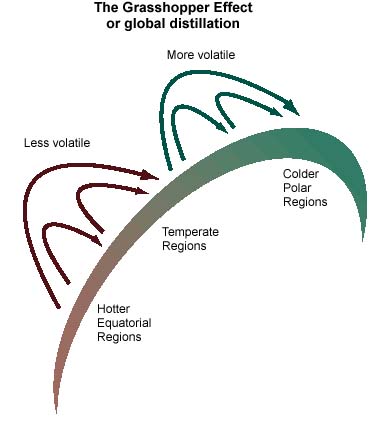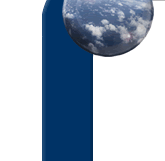|
Persistent
Organic Pollutants – POPs
What
are POPs?
Persistent
Organic Pollutants, or POPs, include industrial chemicals such as PCBs,
pesticides such as DDT, chlordane and toxaphene, and contaminants and
by-products such as dioxins and furans. POPs bioaccumulate in living
organisms, persist in the environment and have long-term toxic effects.
They enter the environment as a result of human activity.
Why
are POPs a problem?
The
weight of scientific evidence strongly suggests that POPs cause significant
adverse effects to human health and wildlife. A unique feature of POPs
is that they move through the food chain to humans. They are passed
on from mother to child across the placenta, and through breast milk.
Where
do POPs come from?
While
most POPs have been banned or severely restricted in Canada for
years, they are still produced, used and released in a number
of other countries. Most of the POPs currently entering the Canadian
environment come from foreign sources in North and Central America,
Eastern Europe and Southeast Asia.
The
Science of POPs
- POPs are semi-volatile
chemicals. After their release into the environment, they travel
in multiple cycles of evaporation, transport by air and condensation.
Called the grasshopper effect, this process allows POPs to travel
great distances quickly. In the cold climate of the Arctic, low
evaporation rates trap POPs, and so they enter the food chain. In
Canada, the highest concentrations of POPs are found in the Arctic,
Great Lakes and St. Lawrence basin.

- POPs tend
to concentrate in colder climates such as Canada’s north. Scientific
evidence shows levels of PCBs in the blood of some Inuit women are
higher than Health Canada guidelines, and levels of certain POPs
in breast milk have been found up to nine times higher than in women
who live in southern Canada.
- The geographic
location and socio-economic activities of Aboriginal Northerners
make them particularly susceptible as they eat country food that
has been contaminated. Country food is economically essential for
most Aboriginal Northerners.
- Data from
sediment samples in the Great Lakes and other regions reveal that
the concentrations of dioxins and furans have increased steadily
since the 1940s, indicating that these substances are generated
and released through industrial activities.
- DDT in the
environment causes the eggshells of gulls and eagles to become so
thin they break during incubation. Registration of all uses of DDT
was discontinued in 1985. Over 10 years, DDT levels around the Great
Lakes in gulls and their eggs decreased by up to 10 times, and the
health and size of fish-eating bird populations increased.
- At the Airborne
Toxic Substances Measurement Station in Villeroy, Quebec, scientists
are furthering the knowledge of how pollutants move and dissipate
within the atmosphere. The Integrated Atmospheric Deposition Network,
established by the United States and Canada for air monitoring and
research, can help pinpoint the sources of pesticides reaching Canada.
- Sophisticated
technology enables the Canadian Global Emissions Interpretation
Centre to determine pesticide applications by region, time and mode
of application, properties, and soil and meteorological conditions.

Canadian
Action on POPs
International
Action on POPs
A
protocol on POPs has been negotiated under the United Nations Economic
Commission for Europe Convention on Long-range Transboundary Air Pollution.
With the signing of this regional Protocol, the stage has been set for
the next step: a global agreement on POPs under the United Nations Environment
Programme (UNEP).
Other
examples of international action on POPs
- UNEP is sponsoring
the Global Programme of Action for the Protection of the Marine
Environment from Land-based Activities.
- The Arctic,
one of the world’s most sensitive ecosystems, is being further
protected by projects under the Arctic Council fostered by Canada,
Denmark/Greenland, Finland, Iceland, Norway, Russia, Sweden and
the United States. Results of the Arctic Monitoring and Assessment
Program help form a data source for those involved in Arctic contaminants
research.
- Canada, the
United States and Mexico have developed joint regional action plans
on PCBs, DDT and chlordane.
- POPs are included
in the Great Lakes Binational Toxics Strategy (Canada/U.S.) and
other complementary agreements.
 Protecting the Future Protecting the Future
There is
evidence that steps taken to reduce or eliminate the use or release
of POPs in the environment can lead to measurable environmental
improvements. The negotiation of a global and legally binding
instrument will contribute to the protection of the world’s
environment and human health.
For more
information:
Environment
Canada Inquiry Centre: 1-800-668-6767
|





 Protecting the Future
Protecting the Future